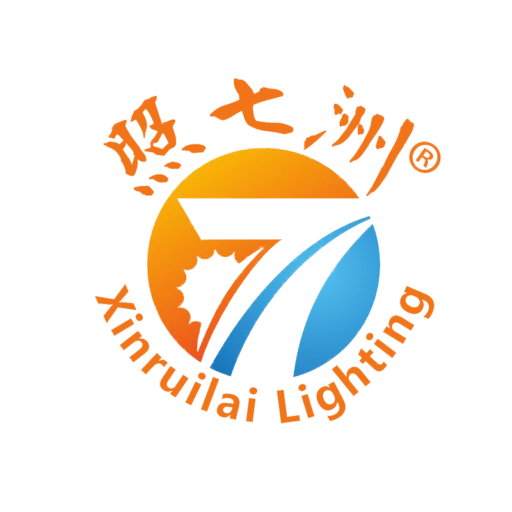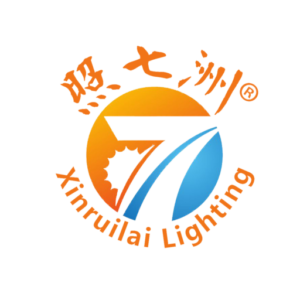When the pavement ends, the real fun begins — but only if you can see where you’re going. Whether you’re blasting across the desert, crawling over rocks, or cruising muddy backwoods trails, the right lighting setup isn’t just about looking cool — it’s about safety, performance, and getting the most out of your off-road investment. XRLL lights are built for serious adventurers, but how do you choose the right one? Let’s break it down.
How to Choose Off-Road Lights
For North American off-road buyers, picking the right lights means balancing performance, durability, and ease of installation — all while matching your specific terrain and driving style. Here’s what you need to know before adding XRLL off-road lights to your cart.
Understand Your Off-Roading Style
Not all off-roaders have the same needs. The light you choose should match how, where, and when you drive.
- High-Speed Desert Runs
If you’re tearing through wide-open spaces, you’ll want LED driving lights with a long-distance spot beam to illuminate hazards far ahead.
- Trail Crawling & Forest Riding
Wide flood beams are better for illuminating rocks, tree roots, and tight corners at lower speeds.
- Mixed Terrain & All-Purpose Use
A combo beam pattern (spot + flood) offers versatility, letting you see both far ahead and to the sides.
Choose the Right Beam Pattern
Beam pattern determines what your lights are good at.
- Spot Beam – Narrow and long-reaching, perfect for spotting obstacles on long straight paths or high-speed runs.
- Flood Beam – Wide spread for excellent peripheral visibility; ideal for technical driving.
- Combo Beam – A blend of spot and flood for the best of both worlds.
Select the Best Light Type
Each type of off-road lights has unique advantages.
- LED Driving Lights – The most popular choice today; bright, energy-efficient, and long-lasting.
- Light Bars – Excellent for covering large areas with a combination beam pattern.
- Pod Lights – Compact, versatile, and easy to mount in various locations.
Look for High Build Quality
Off-roading is tough on equipment, so your lights need to be just as tough.
- Weather Resistance – Look for IP67 or IP68 ratings to ensure your lights can handle water crossings and dust storms.
- Impact Protection – Rugged aluminum housings and shatterproof lenses prevent damage from debris.
- Corrosion Resistance – Powder-coated brackets and stainless hardware ensure longevity in all climates.
Prioritize Ease of Installation
For many buyers, the difference between a weekend project and a frustrating mess comes down to installation.
- Plug-and-Play Design – Choose lights that come with pre-wired harnesses and clear instructions, making DIY installation quick and straightforward.
- Mounting Options – Check compatibility with your vehicle’s bumper, roof rack, or A-pillars.
- Complete Kits – Lights that include all necessary brackets, wiring, and switches save you extra purchases.
Consider Light Color for Your Conditions
- White Light – Offers maximum brightness and clarity in most conditions.
- Yellow/Amber Light – Cuts through dust, fog, and rain better, reducing glare and eye strain on long drives.
Match Your Purchase to Local Regulations
In the U.S. and Canada, lighting regulations vary by state or province.
- Check rules on brightness, beam height, and colored lights before you buy.
- Some states allow amber fog lights on-road, but restrict auxiliary high-output beams to off-road use only.
Why Do Off-Roaders Use Yellow Lights?
Yellow lights are more than a style choice — they’re a functional advantage.
- Better Performance in Adverse Conditions – Yellow wavelengths penetrate dust, fog, and snow without as much reflection.
- Reduced Eye Fatigue – Warmer light tones are easier on your eyes during long night drives.
- Improved Contrast – Makes obstacles like rocks, branches, and ruts easier to see.
- Racing Proven – Popular in Baja and desert racing for dust penetration.
What Are UTV Chase Lights For?
For UTV riders in dusty or low-visibility conditions, chase lights are a safety must.
- Visibility in a Convoy – Alerts vehicles behind you to your position in dust or darkness.
- Multi-Function Use – Often includes brake, turn, and hazard light functions.
- Night Safety – Prevents rear-end collisions on night rides.
- Race Requirements – Some off-road competitions require chase lights for compliance.
Key Features to Look for in XRLL Off-Road Lights
- High-Performance LED Chips – Long-lasting, bright, and energy-efficient.
- Multiple Beam Options – Spot, flood, and combo patterns available.
- Rugged Build – Waterproof, dustproof, shockproof construction.
- Plug-and-Play Design – Quick installation without complex wiring.
- Adjustable Mounting – Allows precise beam alignment.
Conclusion
In off-road adventures, light is more than visibility — it’s confidence. Choosing the right XRLL lights for your 4X4, ATV, or UTV means understanding your driving style, knowing your terrain, and investing in quality gear that’s built to handle it all. Whether you opt for bright white LED driving lights, dust-cutting amber beams, or safety-focused chase lights, the right setup will transform your night runs from nerve-wracking to exhilarating.
If you’re ready to light up your next trail, start with quality off-road lights that offer a plug-and-play design and are built for the kind of punishment only the backcountry can deliver.






